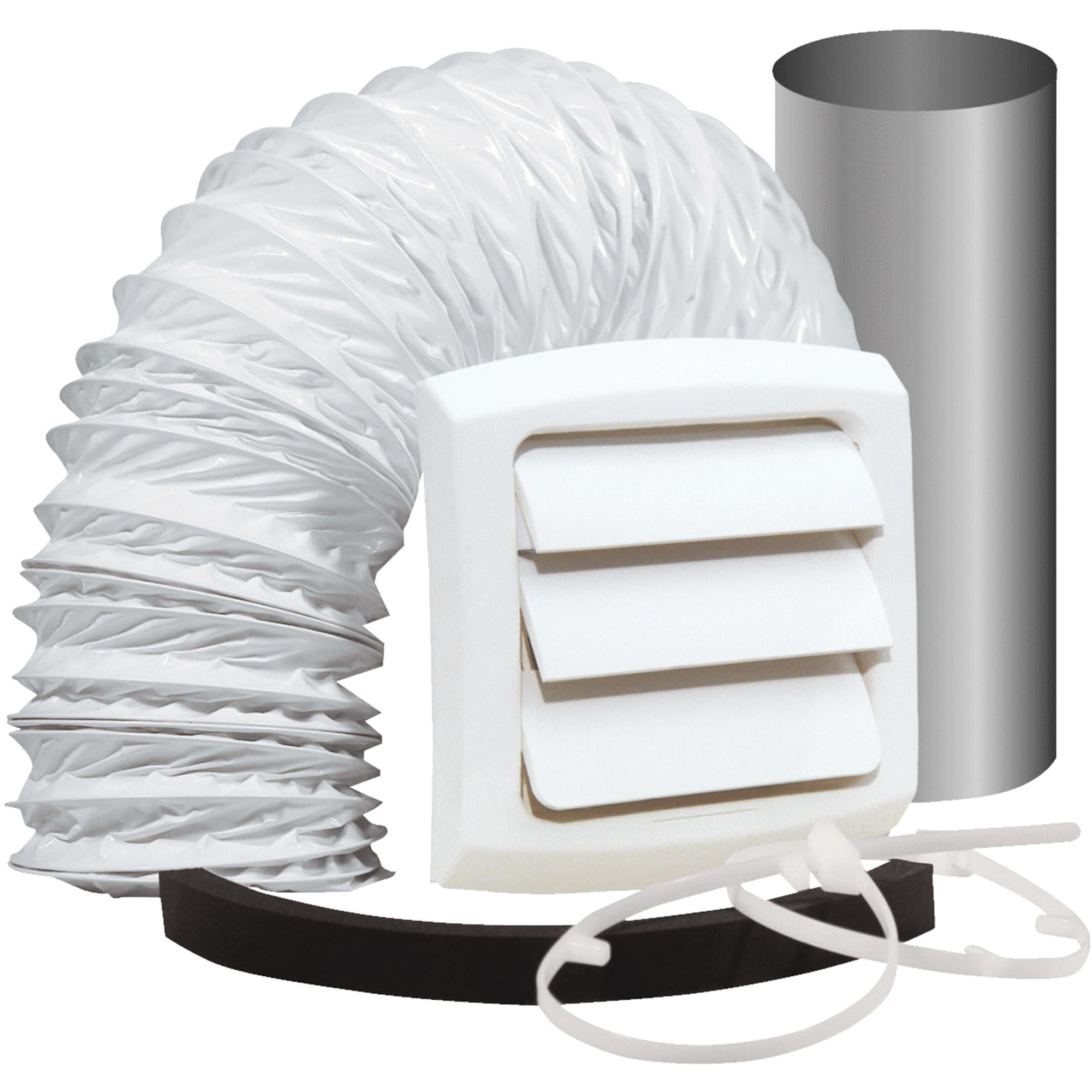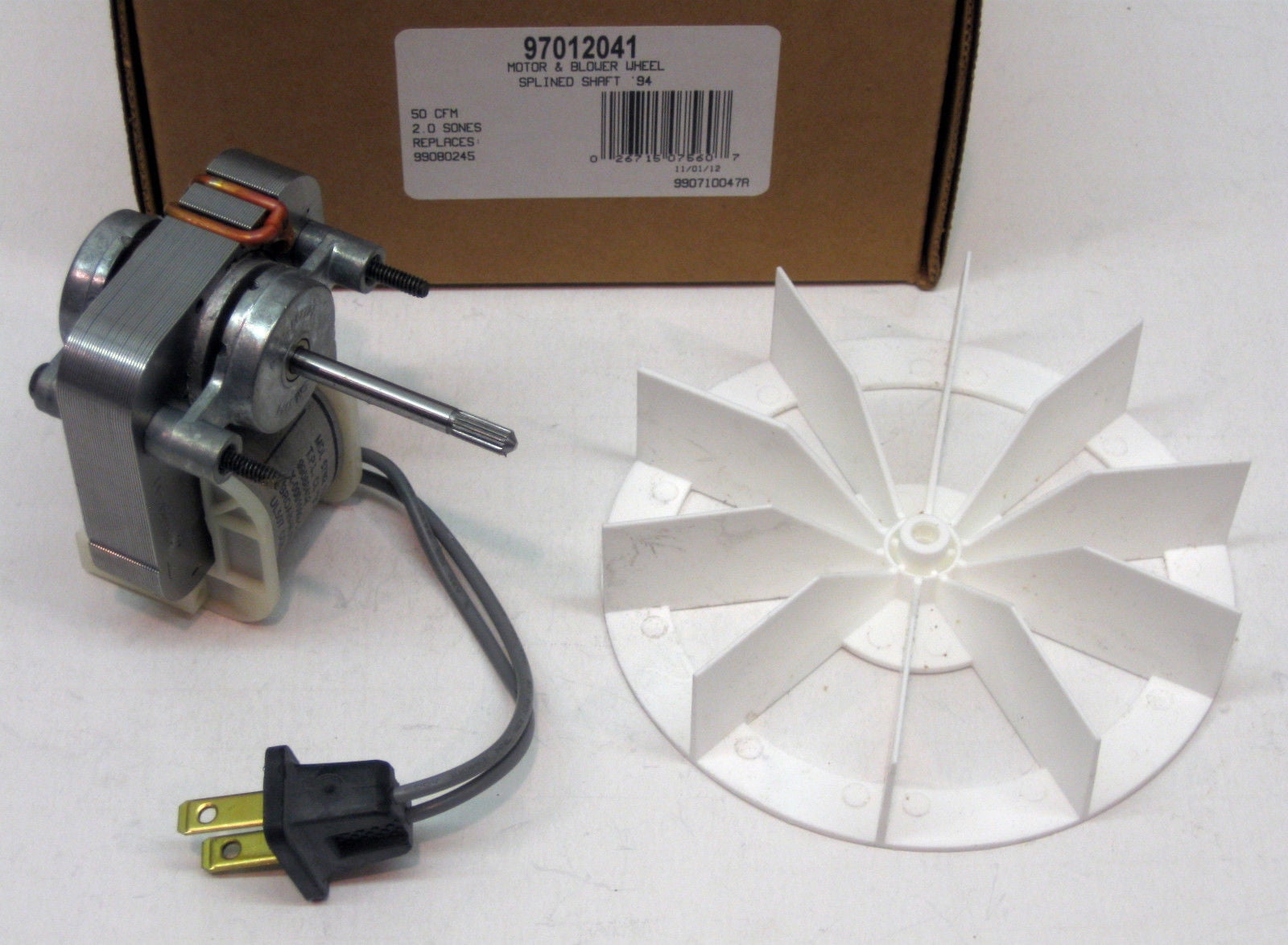Types of Bathroom Exhaust Fan Flex Hoses

Bathroom exhaust fan flex hoses come in a variety of materials, each with its own advantages and disadvantages. The most common materials are aluminum, plastic, and vinyl.
Aluminum Flex Hoses
Aluminum flex hoses are durable and can withstand high temperatures, making them ideal for use in hot and humid environments. They are also lightweight and easy to install. However, aluminum flex hoses can be more expensive than other types of hoses.
So, you’re done with the bathroom exhaust fan flex hose installation, and now you’re looking for some wall art for living room ? I hear you. A little splash of color and some cool designs can really liven up your space.
But hey, don’t forget to get back to that bathroom exhaust fan flex hose. Make sure it’s properly connected and sealed to prevent any moisture or mold issues. Stay cool and stylish!
Plastic Flex Hoses
Plastic flex hoses are lightweight and inexpensive, making them a good choice for budget-conscious homeowners. They are also easy to install and can be cut to any length. However, plastic flex hoses are not as durable as aluminum hoses and can be damaged by high temperatures.
Exhaust fan flex hose? Don’t worry, it’s just a tube that connects your fan to the outside. And if you’re looking to upgrade your bathroom decor, check out thibaut wallpaper. It’s the perfect way to add some style to your bathroom.
But back to the exhaust fan, make sure the flex hose is the right size and length for your needs.
Vinyl Flex Hoses
Vinyl flex hoses are durable and can withstand high temperatures, making them a good choice for use in hot and humid environments. They are also lightweight and easy to install. However, vinyl flex hoses can be more expensive than other types of hoses.
Installation and Maintenance of Bathroom Exhaust Fan Flex Hoses

Installing and maintaining bathroom exhaust fan flex hoses is essential for proper ventilation and air quality. Follow these steps to ensure a successful installation and keep your flex hose in good condition.
Installation
To install a flex hose, begin by measuring the distance between the exhaust fan and the ductwork. Cut the hose to the appropriate length, leaving a few inches of slack for flexibility. Connect one end of the hose to the exhaust fan and the other end to the ductwork using duct tape or hose clamps. Ensure all connections are secure to prevent air leaks.
Maintenance, Bathroom exhaust fan flex hose
To keep your flex hose clean and free of debris, regular maintenance is necessary. Vacuum the hose with a soft brush attachment to remove dust and dirt. If the hose becomes clogged, disconnect it from the exhaust fan and ductwork and clean it with a mixture of warm water and dish soap. Rinse the hose thoroughly and allow it to dry completely before reconnecting it.
Troubleshooting Common Issues with Bathroom Exhaust Fan Flex Hoses

Bathroom exhaust fan flex hoses are an essential part of any bathroom ventilation system. They help to remove moisture and odors from the bathroom, and they can also help to prevent mold and mildew growth. However, like any other part of your home, flex hoses can sometimes develop problems.
If you’re having problems with your bathroom exhaust fan flex hose, there are a few things you can do to troubleshoot the issue. First, check to see if the hose is clogged. Clogs can be caused by a variety of things, such as dust, hair, or pet dander. If the hose is clogged, you can try to clear it by using a vacuum cleaner or a pipe snake.
Leaks
Leaks in bathroom exhaust fan flex hoses can be caused by a variety of factors, including:
- Loose connections: Ensure all connections between the hose and the fan, as well as any other components, are tight and secure.
- Cracks or tears: Inspect the hose for any visible damage, such as cracks or tears. If found, replace the damaged section or the entire hose.
- Damaged sealant: Check the sealant around the hose’s entry and exit points. If it’s cracked or peeling, reapply a fresh bead of sealant.
Clogs
Clogs in bathroom exhaust fan flex hoses can be caused by:
- Dust and debris: Over time, dust, hair, and other debris can accumulate inside the hose, obstructing airflow.
- Lint and pet hair: Especially in households with pets, lint and pet hair can easily get trapped in the hose, causing blockages.
- Mold and mildew: In humid environments, mold and mildew can grow inside the hose, restricting airflow.
Noise
Excessive noise from bathroom exhaust fan flex hoses can be caused by:
- Loose connections: If the hose is not properly connected to the fan or other components, it can vibrate and create noise.
- Damaged hose: A damaged or torn hose can also cause excessive noise due to air escaping through the openings.
- Obstructions: Blockages in the hose, such as clogs or kinks, can restrict airflow and generate noise.